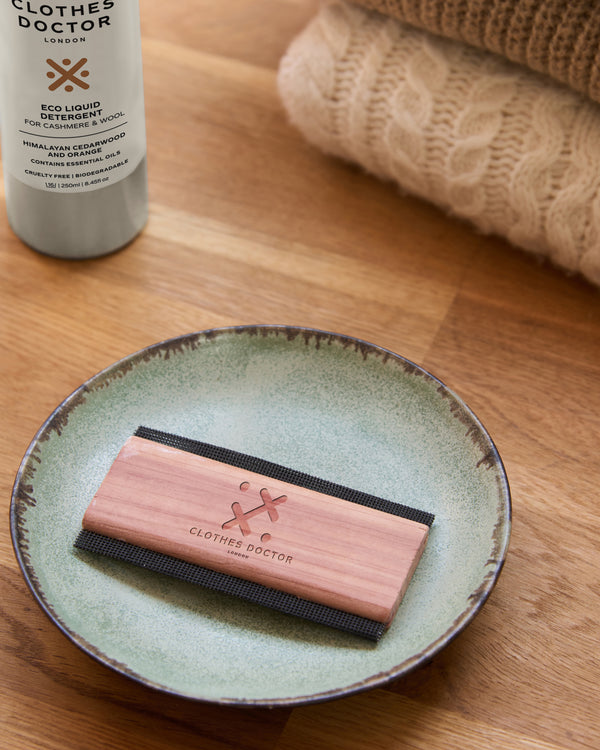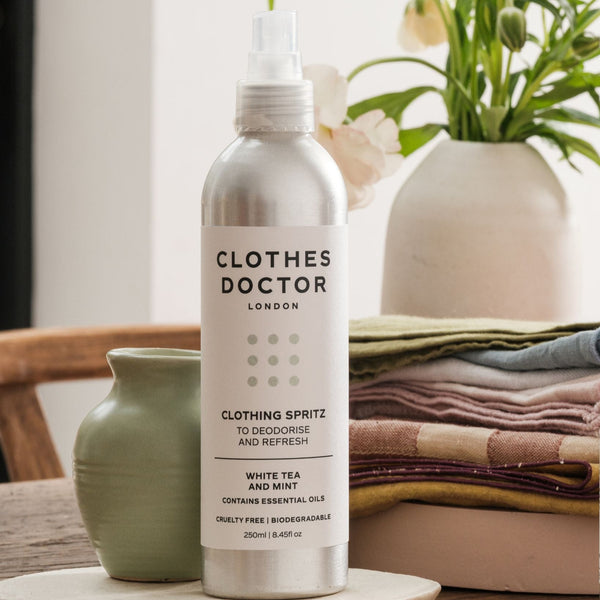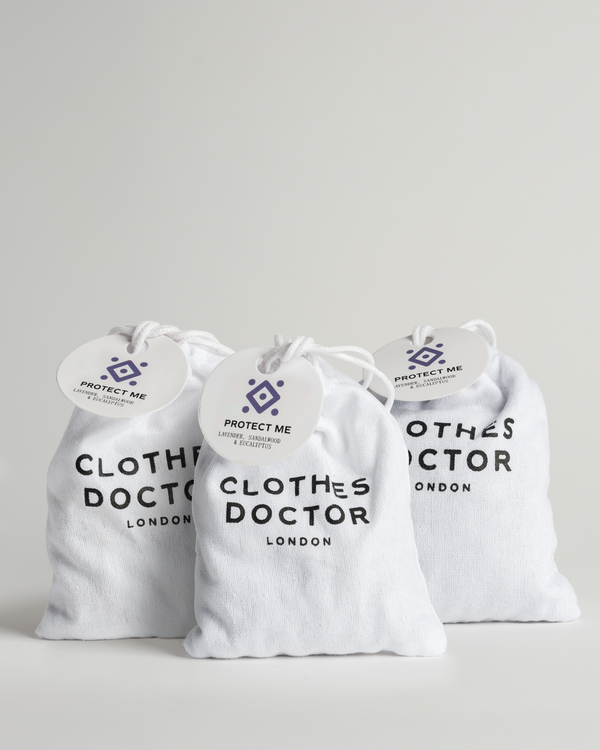Laundry is something most of us do on auto-pilot. We lug piles of washing to and from the washing machine, sometimes daily, sometimes weekly. Most of us were forced to learn how to do it when we left home, or maybe even learnt how to do it from our parents. But are we all doing it the same way? And are we doing it the right way?
"How do I wash clothes?" "How often should I wash?" "How can I make my laundry routine greener?" "How should I sort my laundry?" are all questions that we've been asked by customers.
Well as a result, we want to go back to basics, to help change Laundry For Good. Clothing care techniques are changing and with all of us trying to do our bit to reduce our environmental footprint, we're realising that our old techniques are needlessly wasteful, or sometimes just expensive, time consuming and inefficient. Instead, read our definitive guide to doing laundry the best way - better for you, better for the planet.
We promise, once you get a load of this...you won't go back...
SORT BY CLEANING TECHNIQUE, NOT BY COLOUR
Most of you are familiar with sorting your laundry by colour: whites, pastels, light greys in one pile, and deep coloured clothes in another. But, at Clothes Doctor, we recommend sorting your clothes instead by the technique that you'll use to clean them. Washing on a lower temperature means that colours won't run anyway:
1) Refresh pile (light marks, slight odours, creased, tired looking)
2) Machine wash pile (heavily soiled, well worn or smelly items that are machine washable)
3) Hand wash pile (silk, knitwear, etc - read our blog 'What can and can't be washed at home' for more info on these items).
1. REFRESH PILE

"How often should I wash?" Well we've got news for you: sometimes the trick is to refresh between uses and avoid over washing.
- For coats, outerwear, jeans, even sweatshirts you can brush off dry dirt marks with a clothes brush. This is perfect for getting rid of marks like mud, hair, dust, food and powder.
- Technique: take our Clothes Brush and give the coat a good brush down, particularly focusing on the spot marks. Don't brush too hard! You should find that most dried on marks will brush off quite easily. Begin at the top and work your way down, always brushing downwards in a gentle motion. This is perfect for sturdier fabrics like wool blends, blazers and suit jackets.
-
Grubby looking bobbles, lint and hair ruining the look of your knitwear? Then our Cashmere Comb is perfect, and also so satisfying! Run it gently across the fabric and it will catch the loose fibres so you can remove and throw them away - transformational!
- Smells funny? Steam cleaning is the answer. Did you know that steaming kills 96% of bacteria, so will kill that smell! You can put a dash of one of our Eco Wash Detergents into the steamer for extra freshness. We use a little handheld one which takes a minute to heat up and is amazing! Steaming is a perfect refresh technique for almost anything apart from suede, waxed jackets and anything plastic. You also need to be careful with steaming loose weave delicate knitwear, where it has been known to shrink the fibres.
- Store correctly! Most items are best hung in your wardrobe, with the notable exception of knitwear which prefers to be folded to avoid stretching out of shape. Use a chemical-free moth deterrent like our Natural Fragrance Bags in your cupboards and drawers to keep the moths away from your wool and cashmere.
By avoiding over-washing through these refresh techniques, you can save water, energy, and your clothes.
2. MACHINE WASH PILE

- Keep things cool! About 90% of the energy a washing machine uses goes toward heating up the water. So, the higher the temperature, the more the energy. Our tip? Try to wash with cool water, ideally 30 degrees. You'll still get an effective clean, whilst preserving fabrics and prevent fading. Don't worry, our detergents are powered to work just as well with cool temperatures.
- We also recommend using our Tough Love Stain Removal Treatment to remove any heavy stains, before washing.
- Pick an eco-friendly detergent: Lots of formulas are packed with ingredients that are harmful for you and the environment - these may cause allergic reactions, disrupt hormones, and contaminate our soil and waterways. Particular nasties to avoid include: chlorine bleach, parabens, formaldehyde, and dyes. Our products contain natural ingredients and are cruelty-free and palm oil-free too. We are very careful with our formulations to make them biodegradable and as eco-friendly as possible, and of course, totally plastic free.
- Air dry your clothes. Make sure to remove wet laundry from the washer as quickly as possible to lessen wrinkles and prevent mildew. Air dry your clothes to cut down on energy consumption and more microplastics being shed. Hopefully you can ditch the drier entirely for a happier planet.
3. HAND WASH PILE

This is where you'll have all your delicate items - cashmere, wool, silk and potentially many more. For more information about what can and can't be hand-washed, read our blog. Trust us, you'll be surprised how many Dry Clean Only items can be hand washed with the right detergent and technique.
Our Eco Wash for Cashmere and Wool and Eco Wash for Silk and Delicates are gentle pH nearly neutral detergents which are perfect for hand washing. They work like a detergent and fabric conditioner in one, and leave garments, soft, supple and smelling amazing. Better, easier and cheaper than the dry cleaner.







